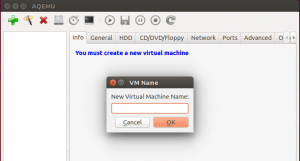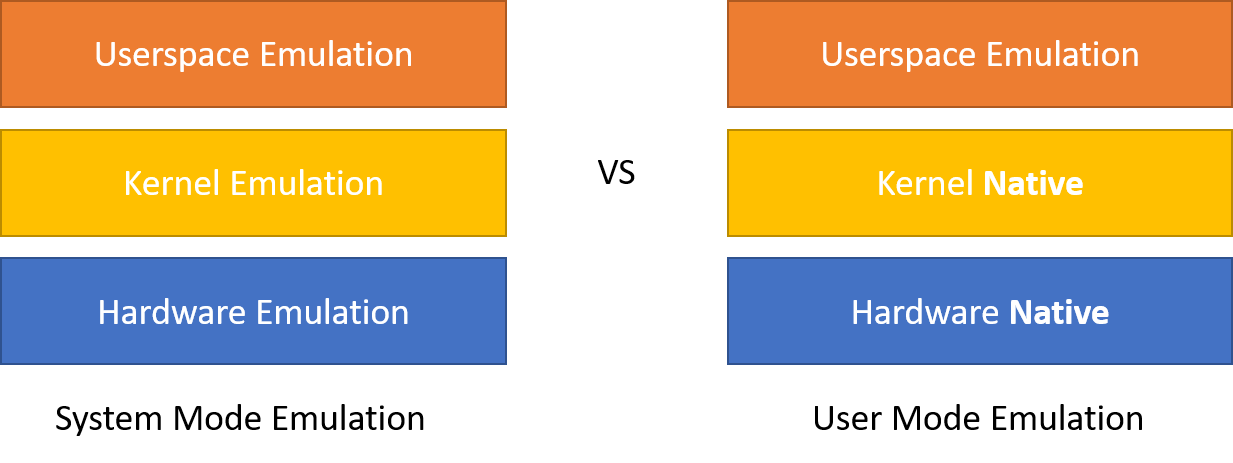

Unikernels come somewhere between those 2. There are 2 main virtualized environments: virtual machines and containers, each with pros and cons regarding complexity, size, performance and security. This can be done using a hypervisor, which is a low-level software that virtualizes the underlying hardware and manages access to the real hardware, either directly or through the host Operating System. Through virtualization, multiple operating systems (OS) are able to run on the same hardware, independently, thinking that each one of them controls the entire system. $ cd content/en/community/hackathons/sessions/behind-scenes/

Filename: core-image-minimal-qemux86-64.tar. $ oe-run-native rauc-native rauc info -keyring =/path/to/ca.cert.pem tmp/deploy/images/qemux86-64/qemu-demo-bundle-qemux86-64.raucbĭescription: 'qemu-demo-bundle version 1.0-r0' $ bitbake rauc-native -c addto_recipe_sysroot The result you can see when dumping conf/nf: Key configuration successfully written to /ptx/work/WORK_SANAH/ejo/bsps/rauc-qemu-demo/build/conf/nf Using configuration from /ptx/work/WORK_SANAH/ejo/bsps/rauc-qemu-demo/build/example-ca/openssl.cnfĬheck that the request matches the signatureĬommonName = Test Org rauc CA DevelopmentĢ3:25:46:79:1B:10:08:AA:B6:83:22:7F:D4:76:BC:FD:ED:78:DD:CF Writing new private key to 'private/ca.key.pem'


 0 kommentar(er)
0 kommentar(er)
